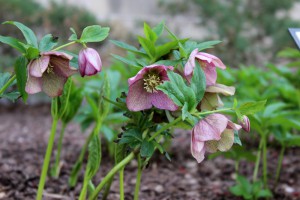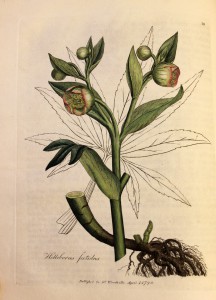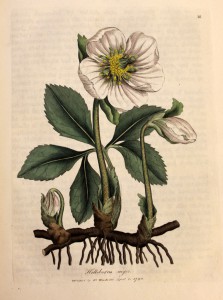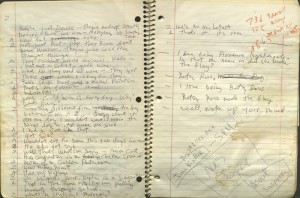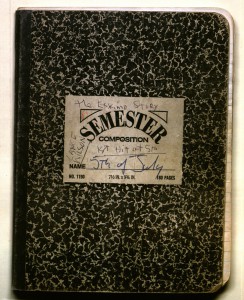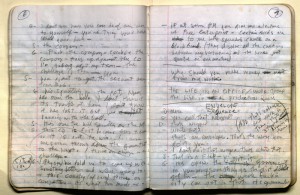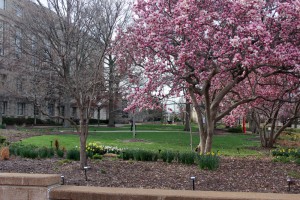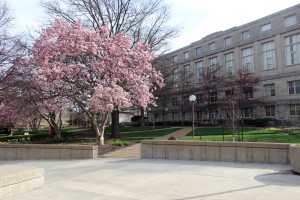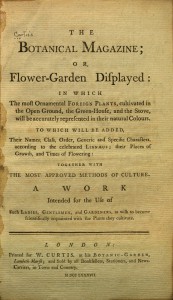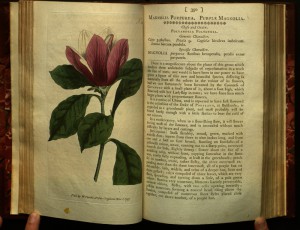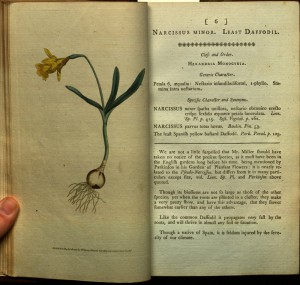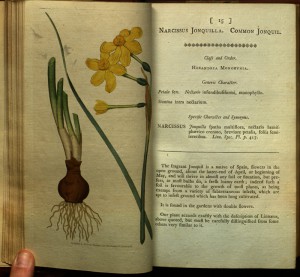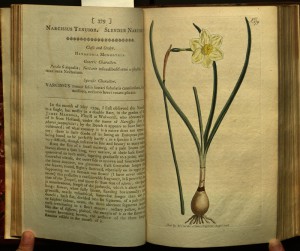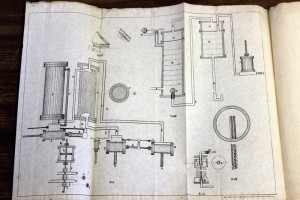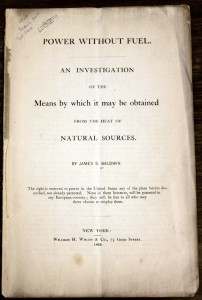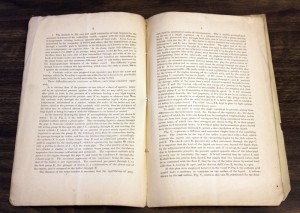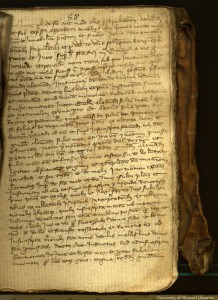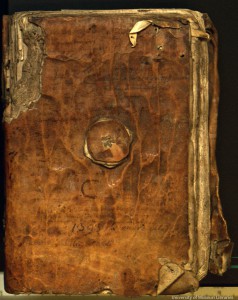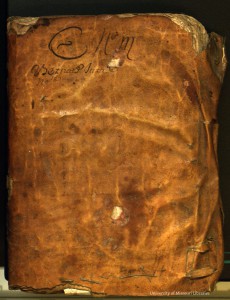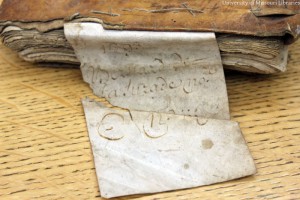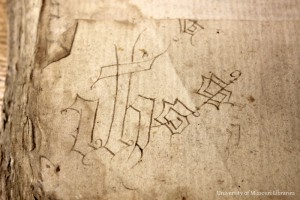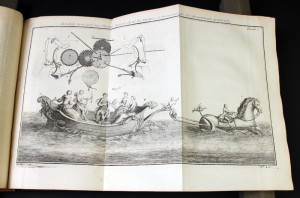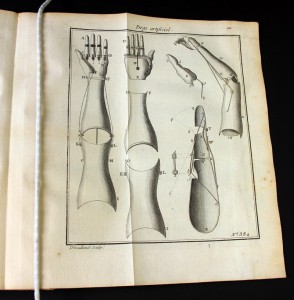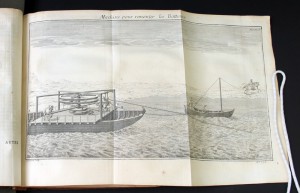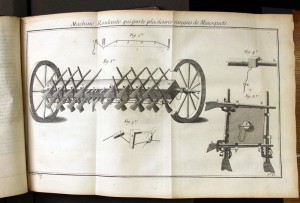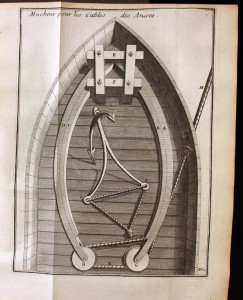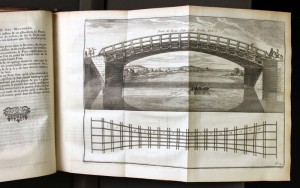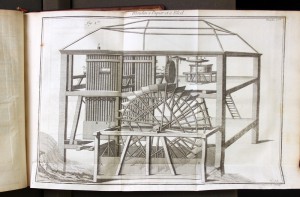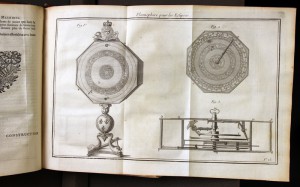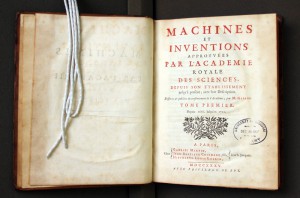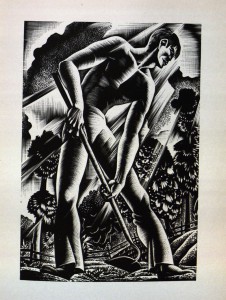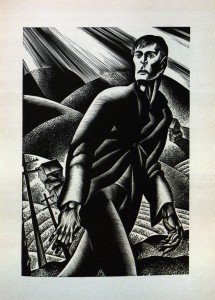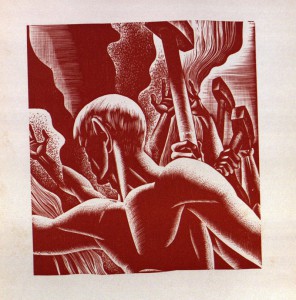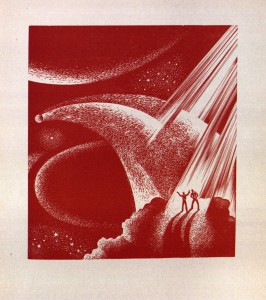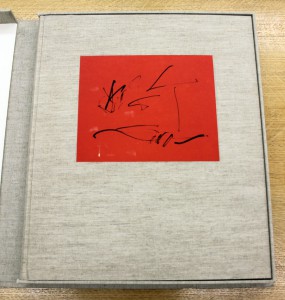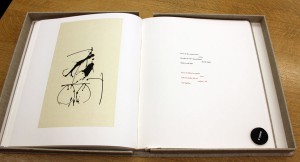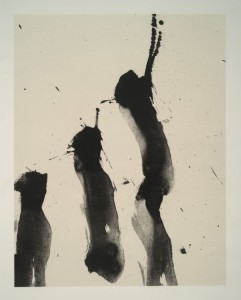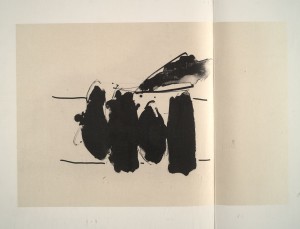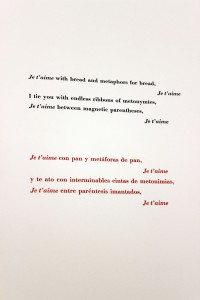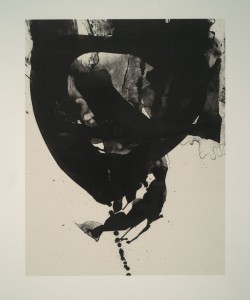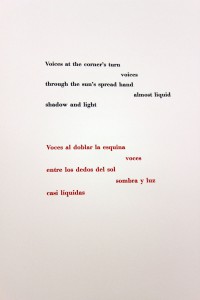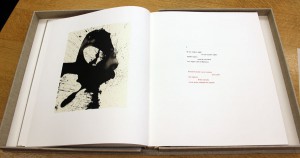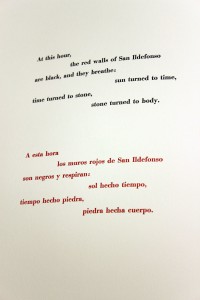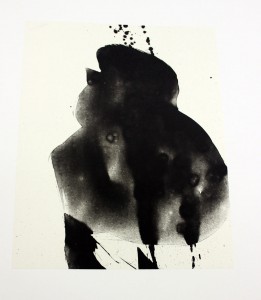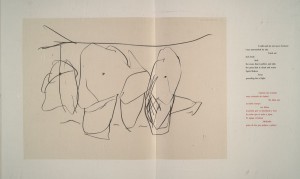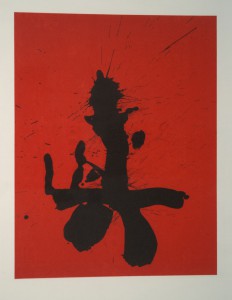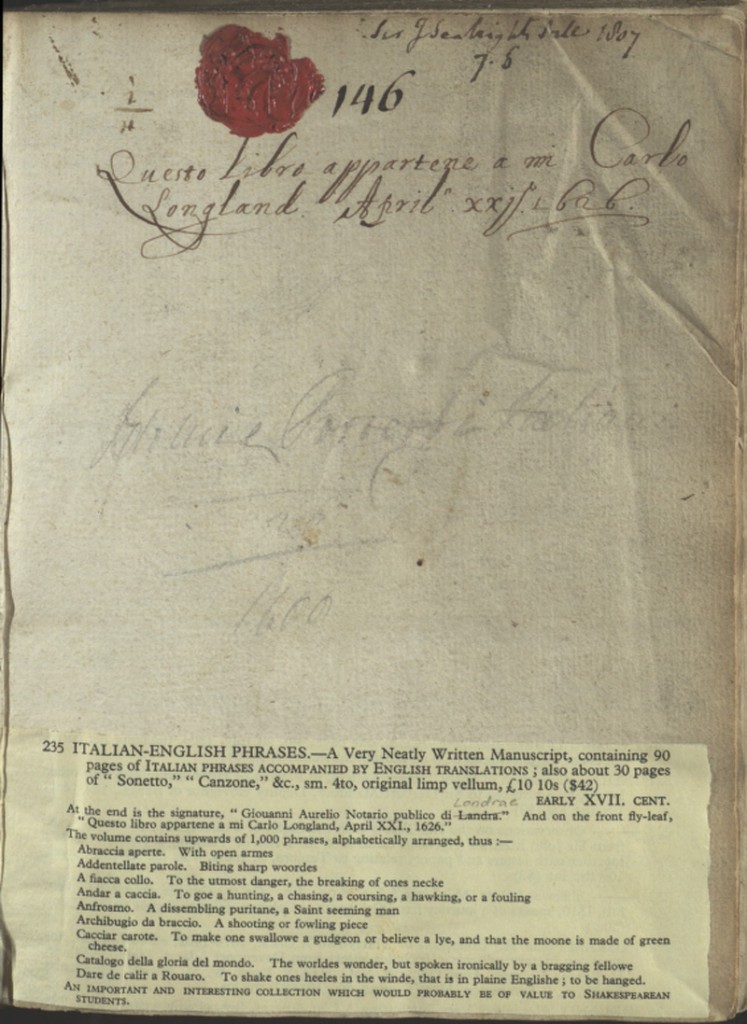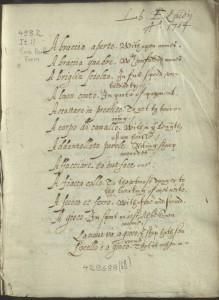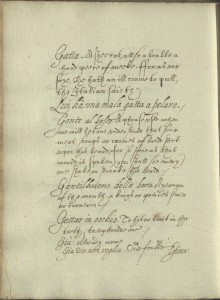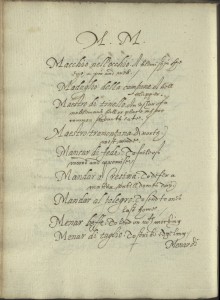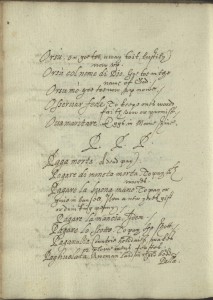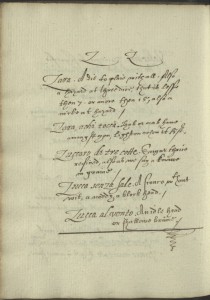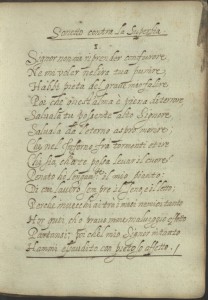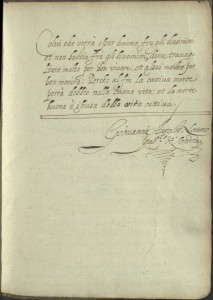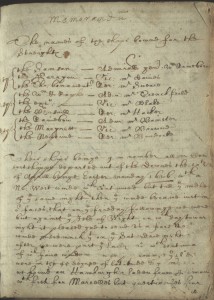For this last week of Lent, our featured plant from the Mizzou Botanic Garden is helleborus orientalis, or Lenten Rose. You'll find them blooming on the west side of Ellis Library. The plants in the photo are just outside the entrace to Ellis Auditorium.
Helleborus orientalis is native to Anatolia and was not introduced to European gardens until the mid-1800s. It is grown primarily for its ornamental value. However, there are several other species in the hellebore family, and they were used medicinally in Europe for thousands of years. In Medical Botany (London, 1790), William Woodville provides illustrations of two hellebores related to those growing on campus: Helleborus foetidus, or Bear's Foot, and Helleborus niger, or Christmas Rose.
Woodville’s book is a work on plants, but he’s primarily interested in their medicinal uses. Woodville writes that Helleborus niger was introduced in England in 1596, while Helleborus foetidus was “constantly used in medicine from the time of Hippocrates [and] was the only species of Hellebore known in the Materia Medica of our pharmacopoeias.” He notes:
The smell of the recent plant is extremely fetid, and the taste is bitter, and remarkably acrid, insomuch, that when chewed, it excoriates the mouth and fauces; it commonly operates as a cathartic, sometimes as an emetic, and in large doses proves highly deleterious. (54)
Of course, the Helleborus orientalis growing on our campus may have different properties than its cousins H. foetidus and H. niger. It goes without saying, but we’ll say it anyway: the information provided here is most certainly not meant to provide any form of medical advice!
Many thanks to David Massey, a research specialist at Landscape Services, and to Pete Millier, director of the Mizzou Botanic Garden, for lending their wisdom for this post.
